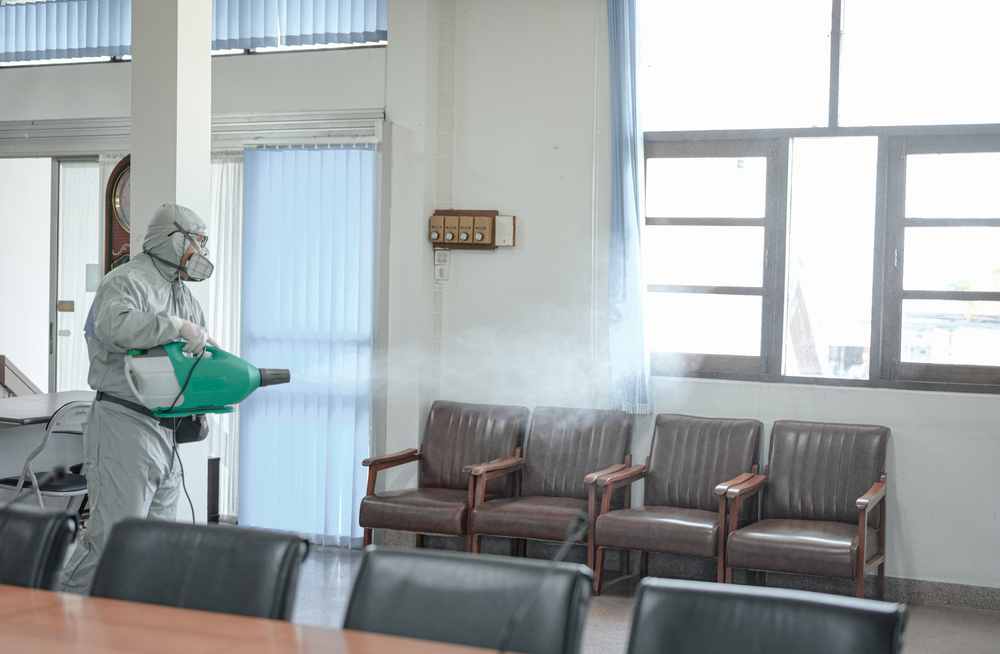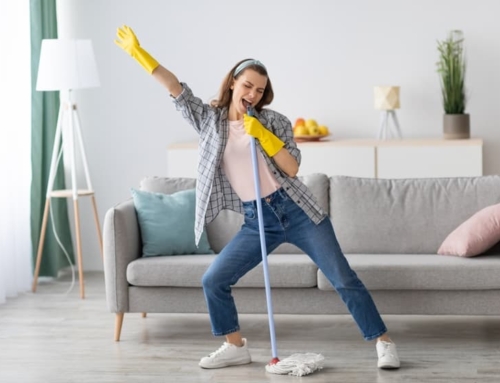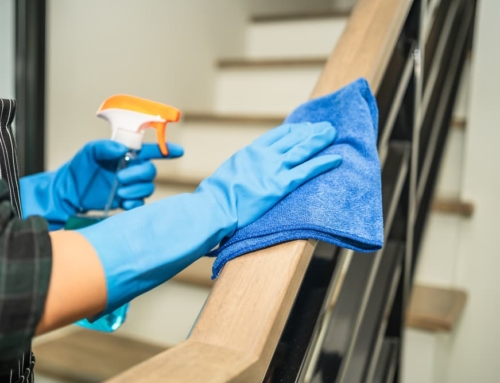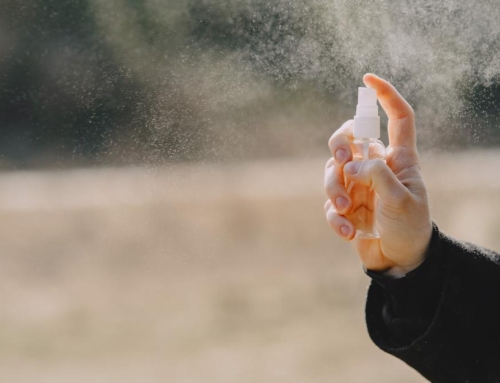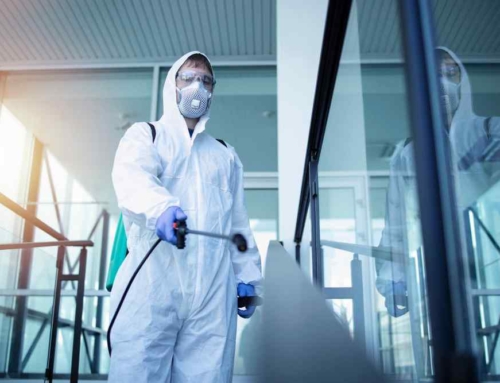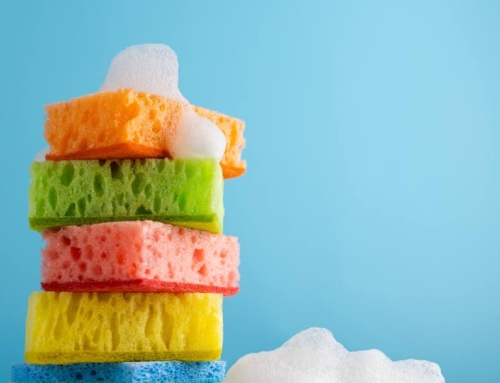Your health depends on keeping your home and common areas clean. It’s true that this isn’t the same as cleaning or disinfecting.
In order to make something safe to touch, both disinfection and sterilization are necessary. The goal is to eliminate as many germs as possible to minimize the chance of infection.
Although cleaning can remove dust and dirt and some of the germs that are present, it is not the same as decontamination.
Learn more about the differences between disinfecting and sterilizing, as well as some best practices for fighting COVID-19 and other harmful agents, in the following sections.
The Difference Between Disinfecting And Sterilizing
These aren’t synonyms for disinfecting, sterilizing, or sanitizing, though you may hear these terms used in the same sentence.
Aiming to kill germs is the primary goal of all of these antimicrobial processes. There are, however, important distinctions to keep in mind before deciding on the best method of decontamination for your situation.
Sanitizing kills fewer germs than disinfecting or sterilizing but sanitizing and disinfecting both kill more germs than sterilizing.
What Is Disinfecting?
Disinfecting is a process that removes harmful microorganisms from a surface. When it comes to applying chemical sprays or wipes, this is typically done.
As a major benefit of disinfecting, products are readily available to the general public. Disinfectants can be purchased in wipe or spray form, or you can make your own at home.
Disinfectants can be left on surfaces for as little as 20 minutes or as long as 12 hours, depending on the type used.
How It Affects Things:
With the proper application, most disinfectants can kill most viruses and fungi, including the COVID-19 virus, if used as directed.
The dormant bacterial spores, however, may not be treated by disinfectants, which can kill bacteria.
What Is Sterilization?
Professionals in places like hospitals, on the other hand, typically use sterilization as a process.
Sterilization, in contrast to disinfection, eliminates all microorganisms, including harmless ones.
Aside from hospitals, businesses and educational institutions may also benefit from sterilization as a means of eradicating germs from specific areas.
Sterilization techniques include the following:
- the steam that has been pressurized (autoclaving)
- gasoline with a high concentration of hydrogen peroxide (EtO) ionizing radiation from a gas (typically used for medical equipment)
- Infrared heaters (for medical instruments)
- radiation in the infrared
- filtering technology
Take Note:
Most sterilization methods must be performed by trained professionals due to the potential for harm and the complexity of the process. Don’t try these methods on your own or let someone who isn’t trained do it.
What Is Sanitizing?
Sterilization and sanitizing are two different but related processes for removing dirt and germs.
When sanitizing, the goal is to reduce the number of germs to a safe level. It is possible to sanitize using both cleaning and disinfecting methods.
Despite the fact that hand sanitizers don’t eliminate all germs, they’re useful to have on hand in case you don’t have access to soap and water.
How To Use It:
When it comes to sterilization, it’s usually best left to the professionals, but you can disinfect items and common surfaces at home or at work.
Sterilizing your home is easy if you follow these guidelines:
- Check to see if your disinfectant product actually disinfects. The labeling of the product will make this clear if it is being used in this manner.
- Make sure you’re not relying on “natural” products that claim to be germ killers. Chemical disinfectants have the ability to kill germs, whereas natural wipes and sprays may be useful for cleaning.
- Take a look at the product’s intended use. Find out what kinds of bacteria, fungi, and viruses your disinfectant can get rid of by reading the label. When fighting coronaviruses, like COVID-19, this is critical.
- Ensure that surfaces are disinfected thoroughly before removing them. For how long to let the product sit, refer to the label instructions. The disinfectant should not be wiped or washed away unless the instructions state otherwise.
- Wearing gloves is a good idea. Contact with these products should be avoided because of the potential for skin irritation.
- Contrary to popular belief, you should never mix chemicals. Hydrogen peroxide and bleach are two examples of this.
- Ensure that your disinfectant products are kept in a secure location. Do not allow children to get their hands on any of the products. The best place to keep disinfectants is in a cabinet in a cool, dry location. If they’re expired, throw them away.
- In a well-ventilated area, apply the disinfectant and let it dry. If the product contains bleach, this is especially important.
The Importance Of Keeping Your Home Clean
Even though cleaning doesn’t kill all germs, it is an important step before disinfecting or sterilization.
Disinfectants work better because dirt and some germs are physically removed during cleaning.
You can do both at the same time if you prefer. An example of this would be using a disinfectant in the bucket while mopping the floor.
Know The Difference Between Sterilization And Disinfection With Clean My Space CT
Cleaning your home on a regular basis is critical to the health of you and your family. Disinfecting common surfaces is also necessary to effectively kill harmful microorganisms like COVID-19.
As a result, the majority of pathogenic microorganisms are eradicated during the disinfection cleaning process. Sterilizing is better suited to larger commercial and medical facilities due to its high degree of certainty in eliminating all microorganisms.
Professionals are the only ones who know how to sterilize properly. Disinfecting surfaces at home or at work doesn’t have to be a big deal if you know how. Avoid mixing chemicals or using them in poorly ventilated areas, and always read the product’s instructions before using it.
Check Out Clean My Space CT To Have A Wonderfully Cleaned Home In A Few Minutes!
The wide range of our service area is possible because of the extensive cleaning guidelines and procedures Clean My Space CT has. You’re welcome to contact us even if you live outside our service area.
Request a quote today to learn more about our residential cleaning services, or to get advice on how to create a customized allergy cleaning plan.


